Time stands still within the walls of abandoned mansions, once-grand estates that now echo with silence and fading memories of the fortunes that built them. From ivy-draped facades to ballrooms coated in dust, these forgotten palaces remind us that wealth is fleeting, but architecture endures. Each of these ten mansions tells a tale of ambition, opulence, and eventual decline, offering a haunting glimpse into eras of prosperity now lost to time.
1. Lynnewood Hall, Pennsylvania, USA
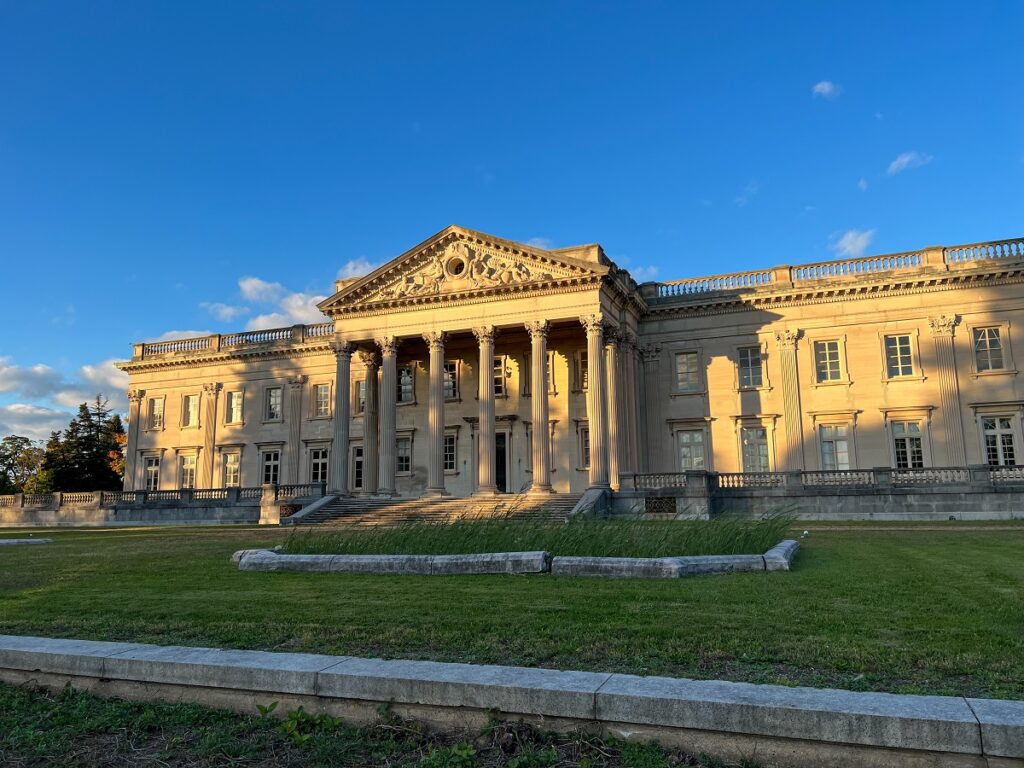
Built between 1897 and 1900 by industrial magnate Peter A.B. Widener, Lynnewood Hall once showcased over 110 rooms and one of America’s finest private art collections. Designed by architect Horace Trumbauer in the Neoclassical Revival style, its grandeur reflected the Gilded Age elite. Yet, after family tragedies and financial downturns, it was abandoned by the 1950s. Now, its cracked marble floors and fading frescoes whisper of wealth that once dazzled high society but couldn’t withstand time’s erosion.
2. Château Miranda, Celles, Belgium
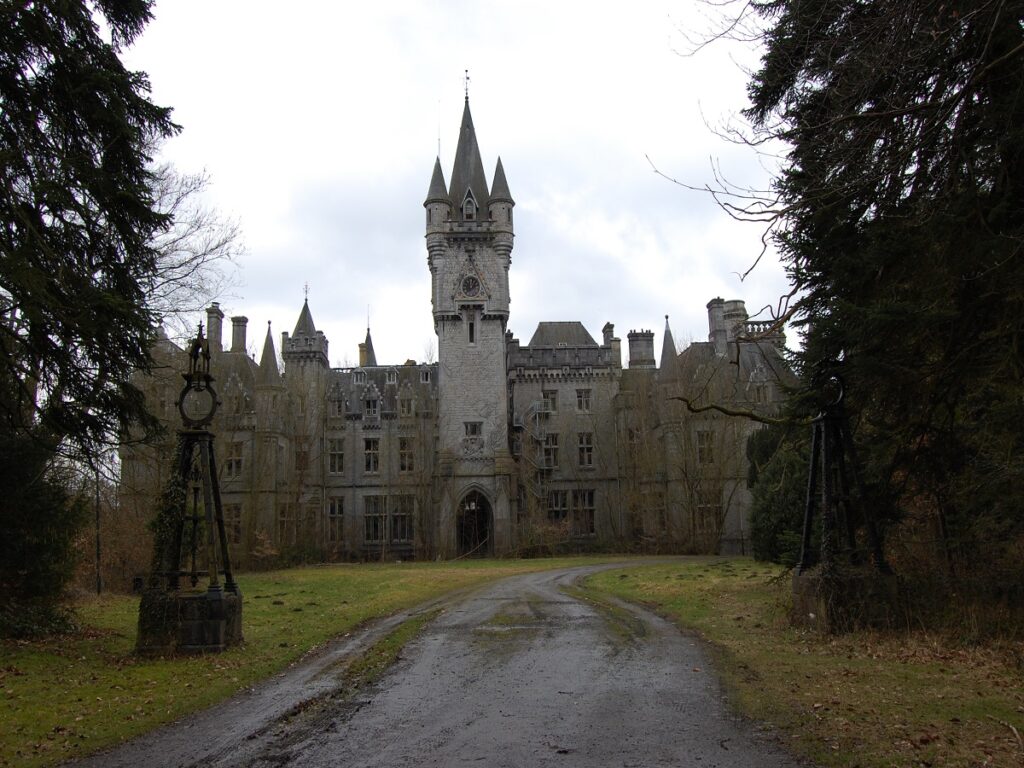
Completed in 1907 for the Liedekerke-Beaufort family, Château Miranda stood as a striking neo-Gothic residence amid Belgium’s Ardennes forest. The family fled during World War II, and it later served as an orphanage before closing in 1980. For decades, its turrets and spires pierced the fog, windows shattered by vandals and weather alike. Despite preservation efforts, neglect prevailed, and the château was demolished in 2017, its ghostly image surviving only through photographs and the memories of those who roamed its halls.
3. Bannerman Castle, New York, USA

Built in 1901 by Scottish immigrant Francis Bannerman VI, this fortress-like mansion on Pollepel Island served as storage for his military surplus business. Modeled after Scottish castles, its towers rose dramatically over the Hudson River. However, a massive explosion in 1920 and Bannerman’s death soon after left it abandoned. Fire and storms eroded its structure over the decades, leaving only skeletal ruins. Today, the remaining walls stand as a romantic yet eerie relic of one man’s ambition and fading industrial fortune.
4. Witley Court, Worcestershire, England
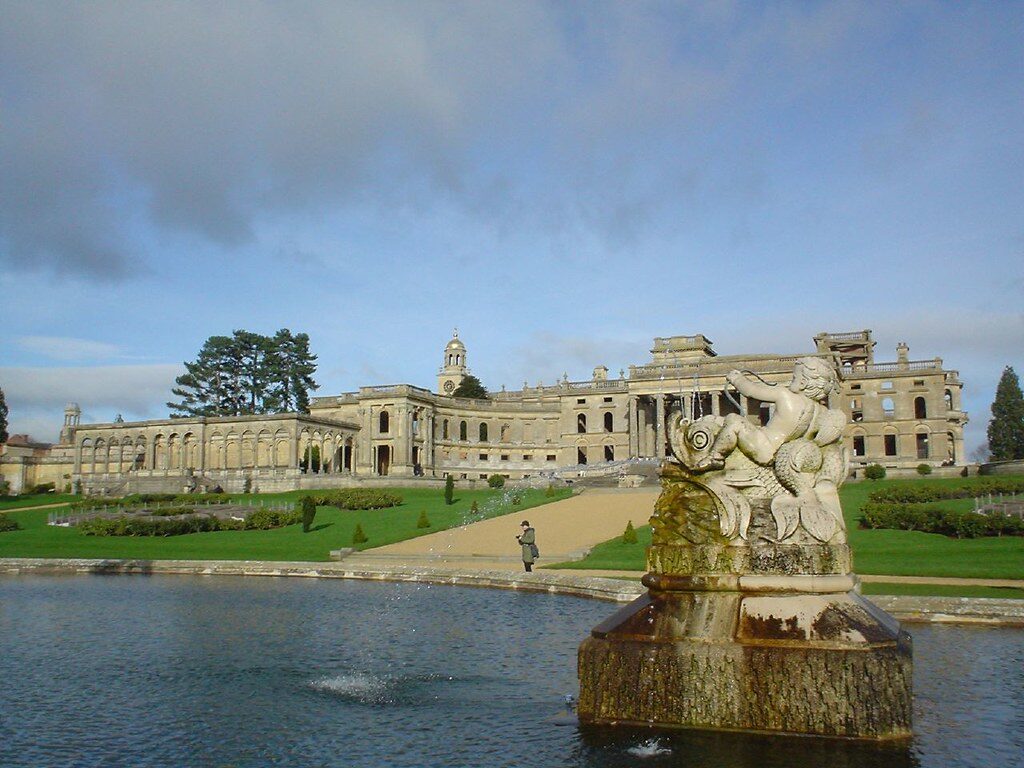
Originally built in the 17th century and lavishly remodeled during the 1800s for the Foley family, Witley Court was once one of England’s grandest stately homes. It hosted royal gatherings under the ornate splendor of its Baroque architecture. But a devastating fire in 1937 left it roofless, its opulent interiors consumed by flames. Left untouched afterward, the mansion became a haunting shell of grandeur. Today, visitors wander its majestic ruins, where fountains still flow beside crumbling stone walls veiled in ivy.
5. Elda Castle, Ossining, New York
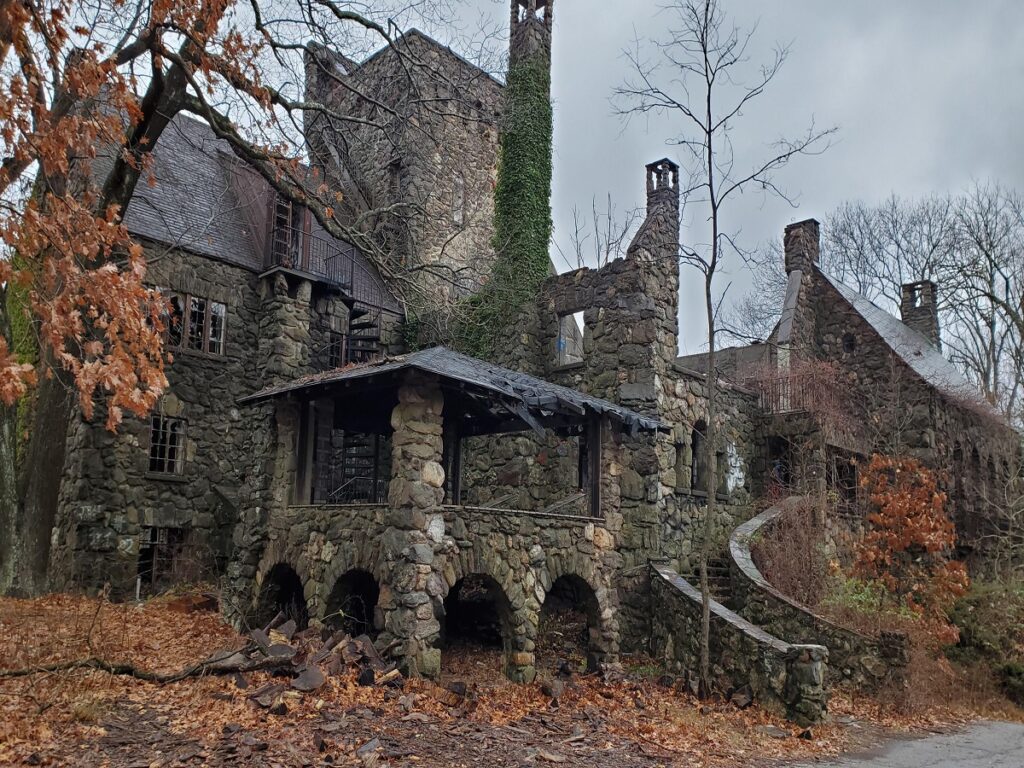
Constructed between 1925 and 1927 by David Abercrombie, co-founder of Abercrombie & Fitch, Elda Castle was a 25-room stone mansion named after his wife, Lucy Elda. Designed in a Gothic style with tall turrets and sweeping staircases, it symbolized luxury and craftsmanship. After the Abercrombies’ deaths, the estate fell into disuse, and vandals stripped away its elegance. Hidden by thick woods, its arches and fireplaces remain, silent reminders of both creative vision and the fleeting nature of American prosperity.
6. Pidhirtsi Castle, Lviv Oblast, Ukraine
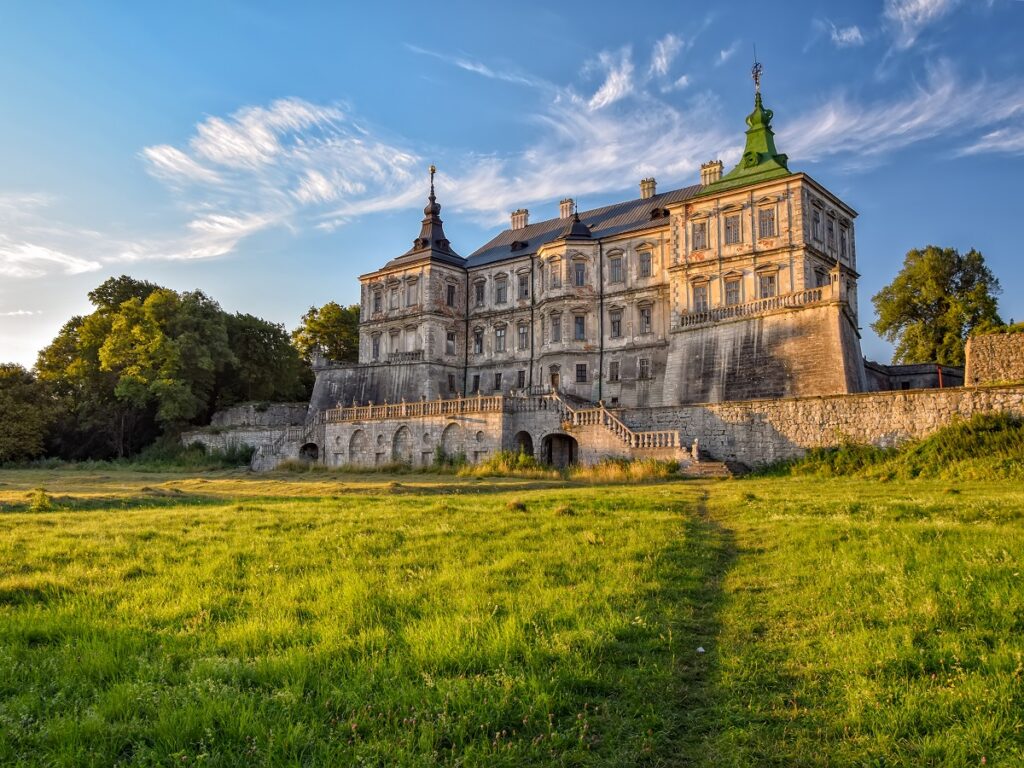
Built between 1635 and 1640 by the Polish-Lithuanian Hetman Stanisław Koniecpolski, Pidhirtsi Castle blended Renaissance grace with defensive fortifications. Lavish gardens, marble halls, and mirrored salons once reflected noble splendor. Centuries of war, neglect, and Soviet occupation reduced it to decay. Fires and looting erased much of its art, leaving only ghostly corridors. Though restoration efforts continue, its haunting beauty and legend of a resident “White Lady” keep it an enduring symbol of faded aristocratic glory.
7. Halcyon Hall, Millbrook, New York
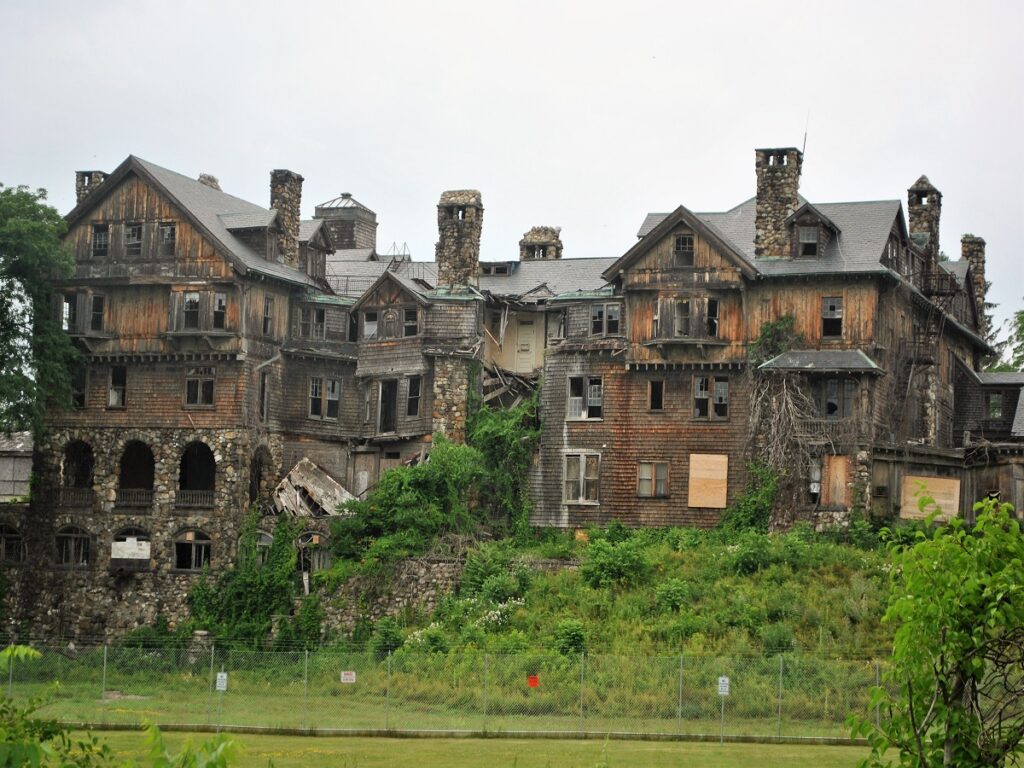
Built in 1890 as a luxury hotel by H.J. Davison Jr., Halcyon Hall later became part of Bennett College for Women. The sprawling Queen Anne-style structure, with its turrets and verandas, represented an age of optimism and learning. Financial struggles led to its closure in 1978, leaving the five-story mansion to rot. Ivy crept through shattered windows, and nature slowly reclaimed its wooden frame. Though demolished in 2022, Halcyon Hall’s ghostly presence still lingers in countless photographs and memories.
8. Villa de Vecchi, Lake Como, Italy
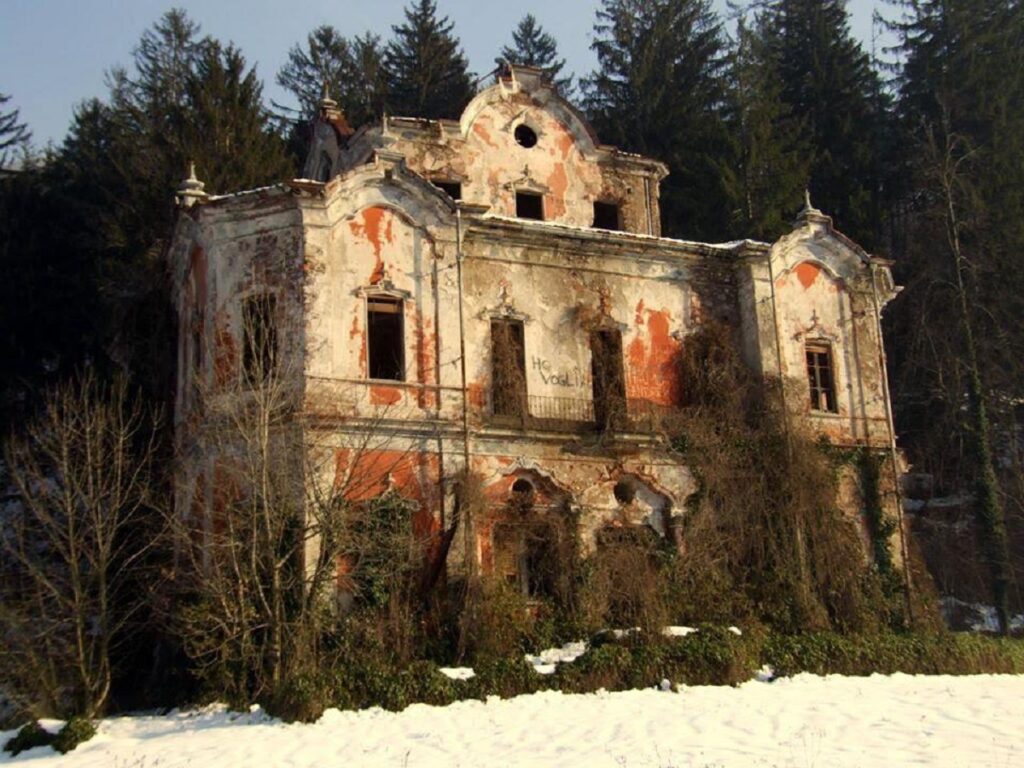
Completed in 1857 for Count Felix de Vecchi, this ornate villa was designed by architect Alessandro Sidoli as a retreat for music and art. With frescoed ceilings, intricate ironwork, and breathtaking mountain views, it embodied mid-19th-century opulence. After the Count’s tragic death and family misfortunes, the villa was left vacant. Earthquakes and vandalism hastened its decay, earning it the nickname “Ghost Mansion.” Today, moss carpets its stairways, and its faded beauty tells of luxury lost to legend.
9. Swannanoa Mansion, Virginia, USA
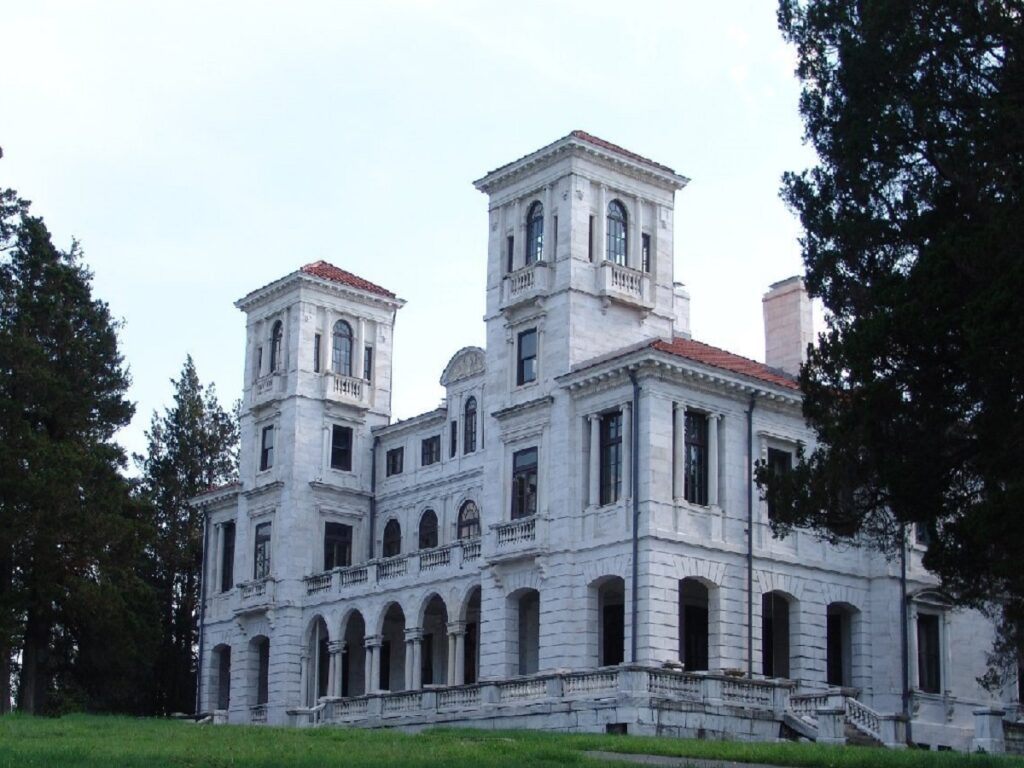
Completed in 1912 by railroad magnate James Dooley for his beloved wife Sallie, Swannanoa was inspired by the Italian Renaissance and modeled after the Villa Medici. Its marble walls, stained glass by Tiffany, and panoramic Blue Ridge views spoke of devotion and immense wealth. Yet after the Dooleys’ deaths, the mansion shifted owners and purposes from a country club to a museum before falling into partial abandonment. Still, its carved angels and empty halls evoke the romantic sorrow of bygone grandeur.
10. Dundas Castle, Roscoe, New York
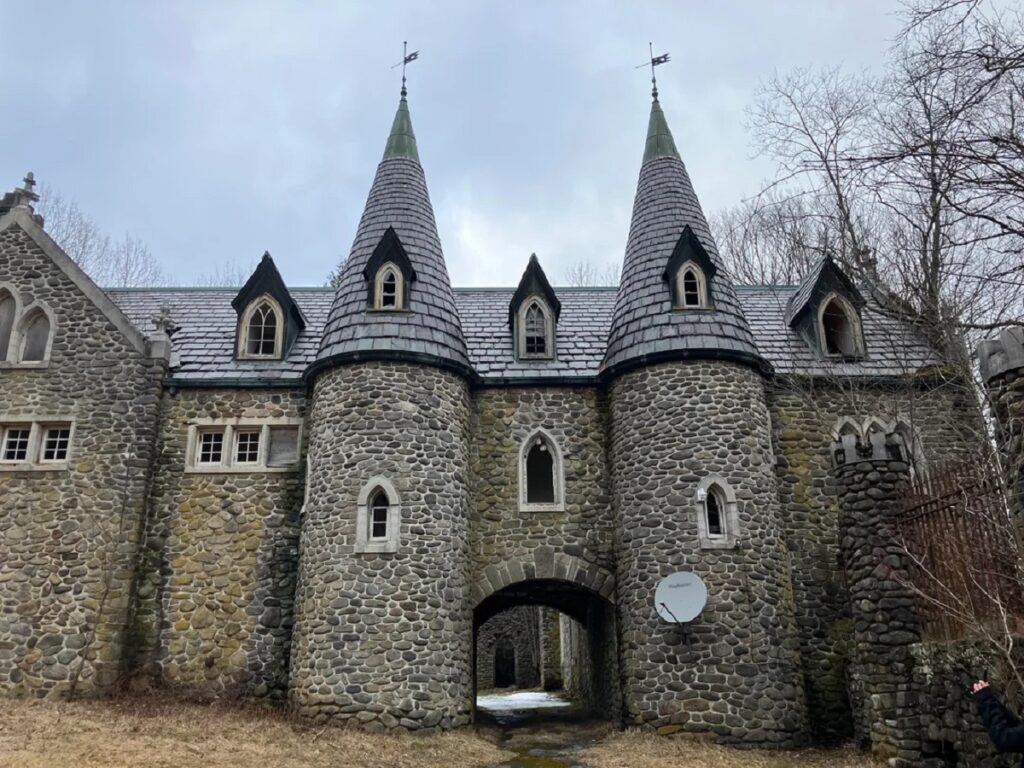
Built between 1910 and 1924 by Ralph Wurts-Dundas as a dream home for his wife, Josephine, Dundas Castle, nicknamed “Craig-E-Clair,” was inspired by Scottish medieval architecture. Unfortunately, Dundas died before its completion, and his wife’s illness led to its desertion. Later used briefly by organizations, it eventually succumbed to neglect. Surrounded by forests, its stone towers now host legends of ghosts and untold secrets, making it a poignant testament to unfulfilled dreams and fortunes lost to history.
Comments